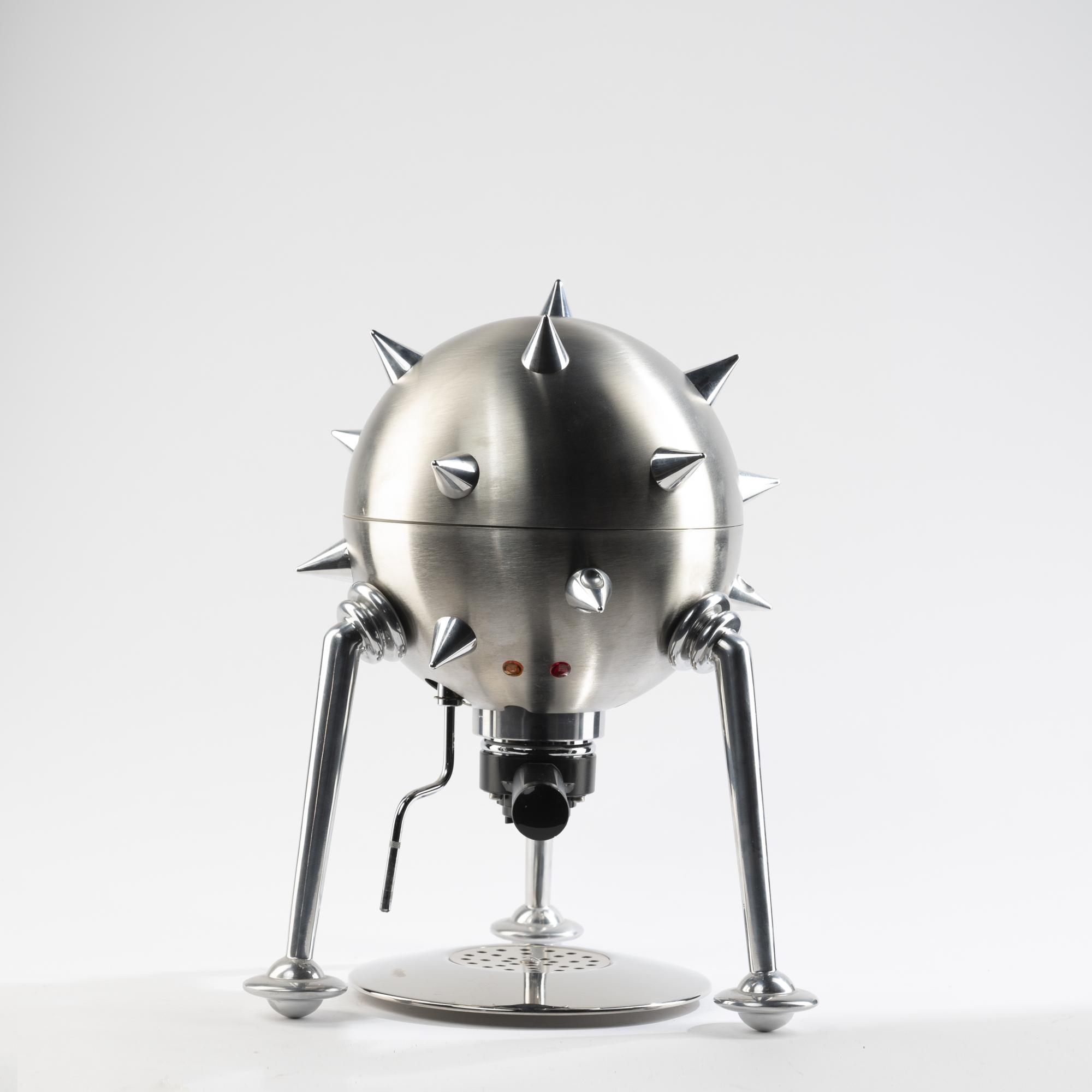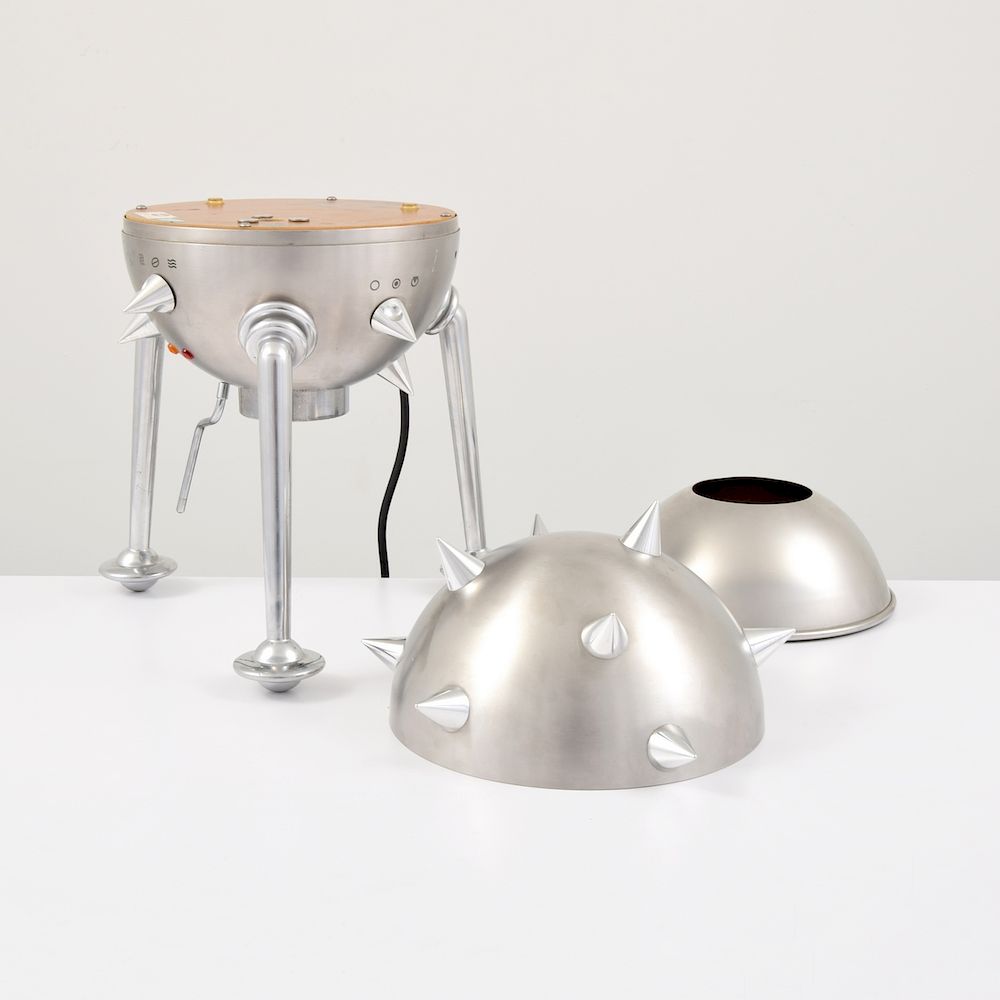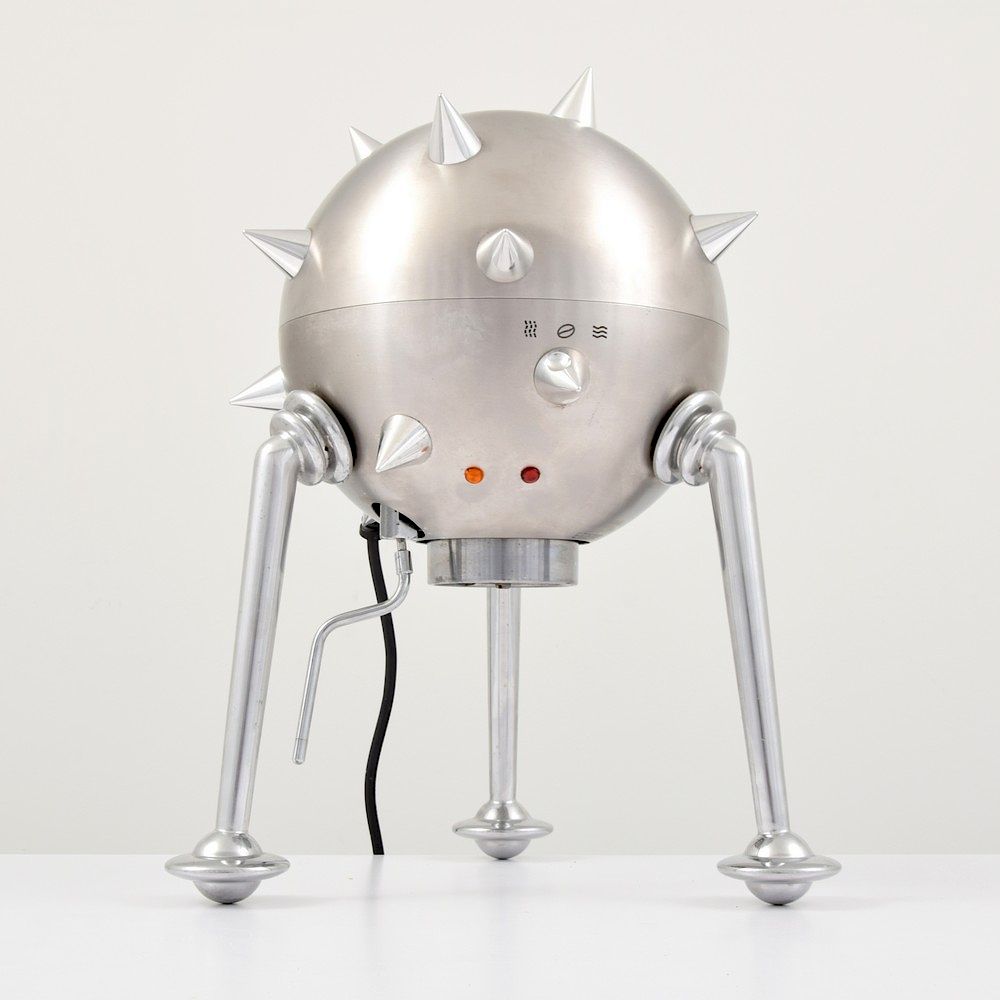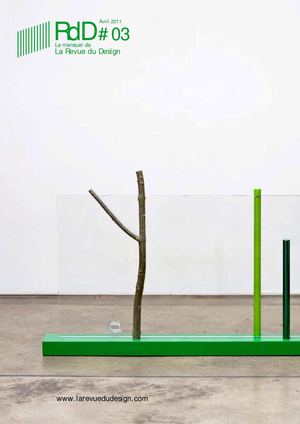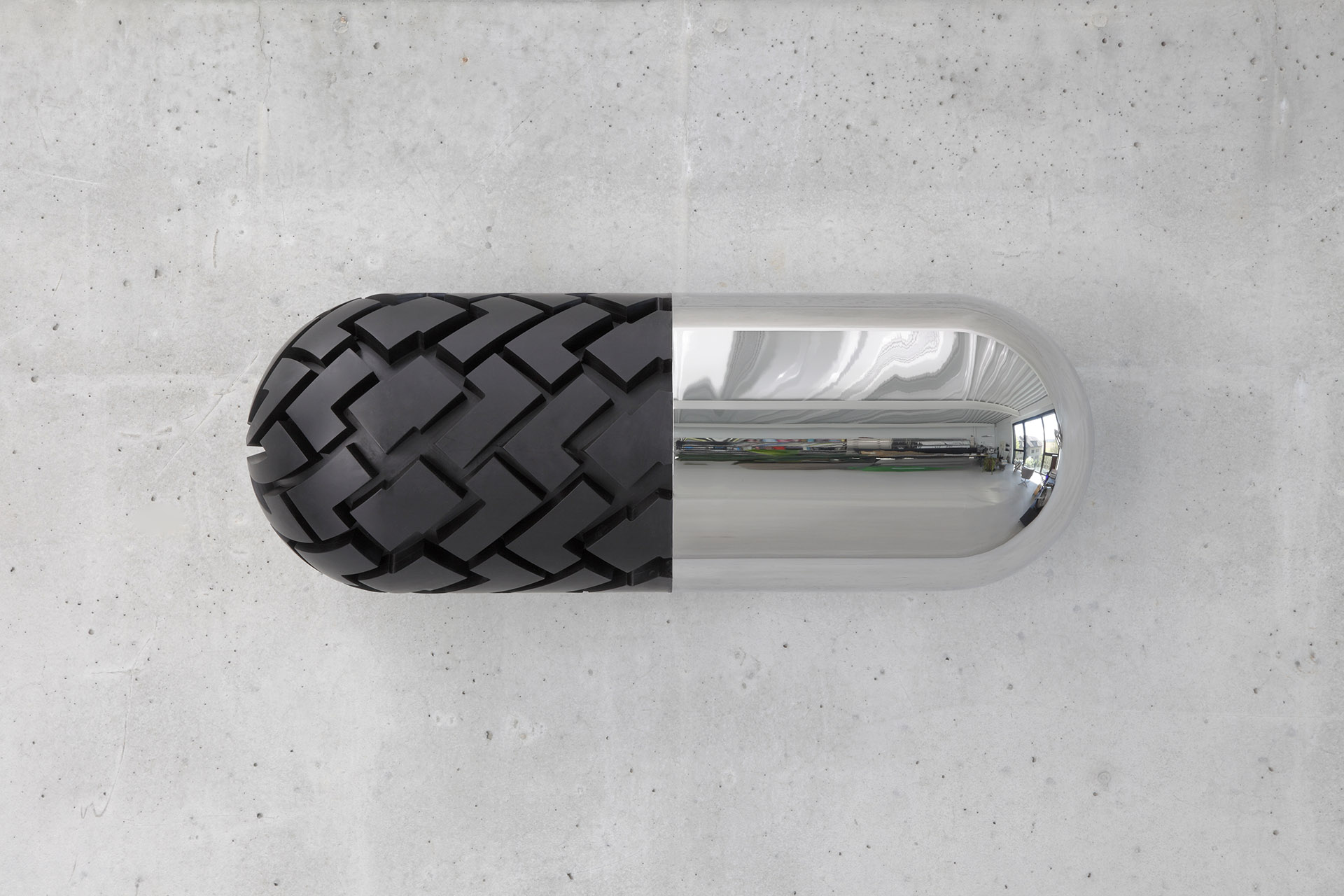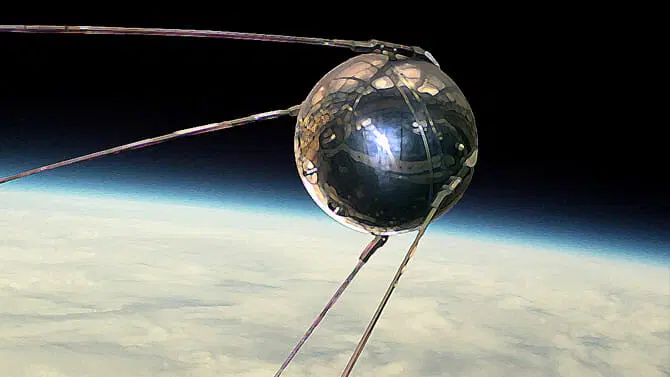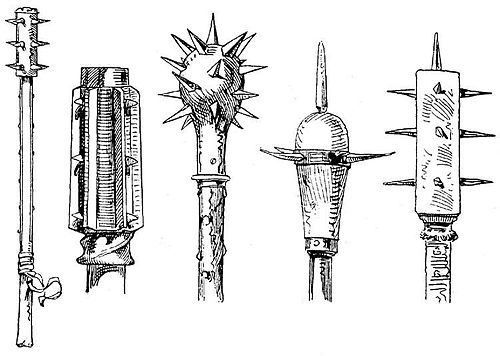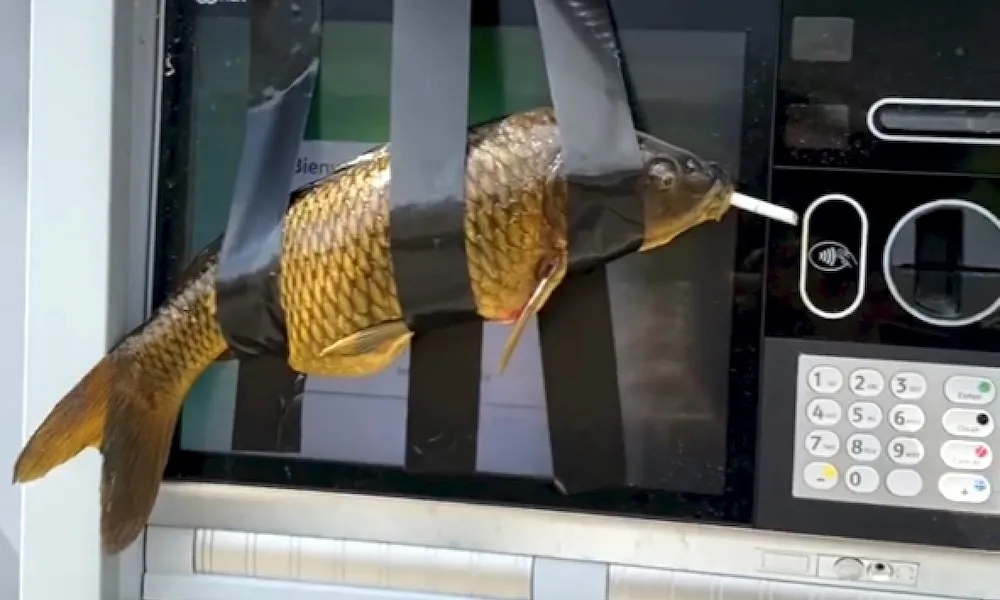Carlo Borer (1993)

The spikiest espresso machine ever made looks more like a medieval morningstar[01] mace than a kitchen appliance. Conceived in the early ’90s by Swiss artist Carlo Borer for Italian coffee brand Saeco. The Etienne Louis, produced in a limited edition run from 1994 to 2001 (with prototypes in 1993) by Swiss artist Carlo Borer, is a chrome-plated sphere studded with aluminum spikes, balanced on three legs like a Sputnik[02] probe.
Most coffee machines fade into the background, but Borer imagined something that refused to. Critics joked it looked like it belonged in a sci-fi movie. But functionality and perfect crema was beside the point.
Borer, the deliberately autodidact[03], was already producing large-scale sculptures, primarily with CAD modeling and laser-cut fabrication. His imagination leaned toward the industrial and the otherworldly, and the Etienne Louis distilled that vision into its spiked, aggressive form. Extending this idea: in the 2000s he developed a series of objects he called NoReadymades[04]—imaginary vehicles and devices that looked functional but had no purpose. The Etienne Louis flipped that idea, appearing fantastical while secretly working.
With only 1,700 units ever produced, the machine has since drifted into cult territory—obtained for collections, traded at art auctions, displayed in galleries. Even the Gewerbemuseum[05] once exhibited it in a show about how “beauty and ugliness” (2011) can be culturally and subjectively perceived in applied arts.





